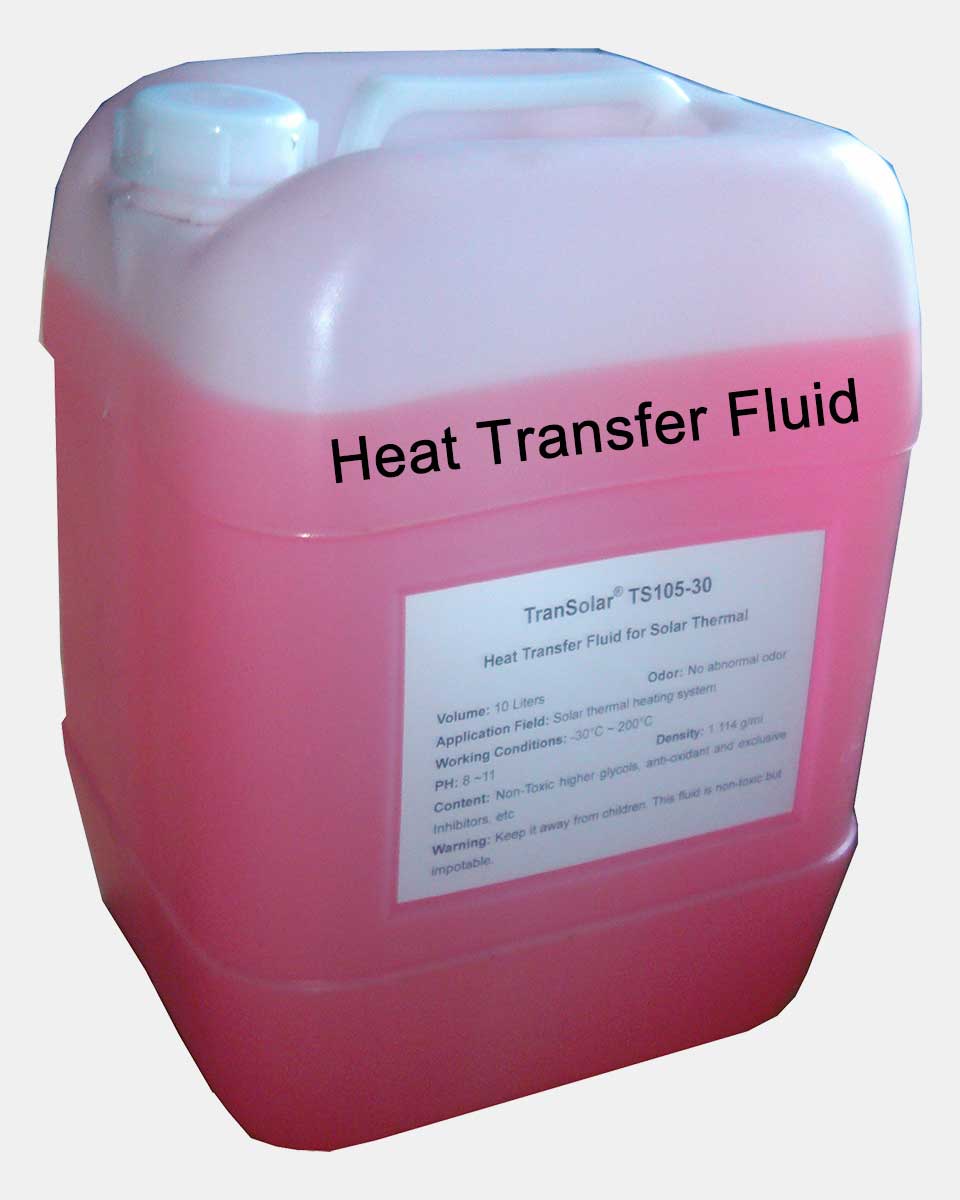The Function of Warm Transfer Liquid in Enhancing System Efficiency and Safety And Security
In the ever-evolving landscape of industrial processes, warmth transfer fluids (HTFs) emerge as critical parts in optimizing both system efficiency and safety. These specialized liquids, recognized for their superior thermal conductivity and regulated viscosity, make it possible for reliable heat exchange, which is important for structured procedures. The impact of HTFs prolongs past mere performance; their inherent thermal stability and low flammability considerably add to run the risk of reduction. As industries grapple with the demand for high-performance and secure procedures, recognizing the nuanced duty of HTFs comes to be vital. What exactly makes HTFs so crucial in today's commercial structures?
Comprehending Warm Transfer Fluids
Heat transfer fluids, commonly taken into consideration the lifeblood of thermal monitoring systems, play a pivotal role in managing temperature level across different commercial applications. These fluids are essential in procedures where warm have to be either soaked up or dissipated to preserve optimal operating conditions. Industries such as chemical handling, power generation, and manufacturing depend on warm transfer liquids to make sure devices operates efficiently and securely. By promoting the transfer of thermal energy, these fluids assist in preventing getting too hot, therefore extending the life expectancy of machinery and decreasing downtime.
The selection of a suitable warm transfer liquid is vital to the success of a thermal administration system. In summary, a detailed understanding of warmth transfer liquids is crucial for maximizing system efficiency, making sure operational safety and security, and achieving economical thermal administration options.
Key Properties of HTFs

The certain warm ability of an HTF delineates the quantity of heat power called for to change its temperature, affecting exactly how efficiently the system can react to temperature variations. The boiling and freezing factors of HTFs likewise play a crucial duty, particularly in systems subjected to severe temperatures, making sure liquid stability and protecting against stage adjustments during procedure.
Enhancing System Efficiency
To boost system performance with warmth transfer fluids (HTFs), it is vital to integrate a comprehensive strategy that thinks about both liquid properties and system style. The option of a proper HTF is pivotal, as its thermal conductivity, viscosity, and particular warmth ability straight influence the effectiveness of warmth exchange.
Equally crucial is the style of the heat transfer system itself. The surface location and product of warm exchangers need to be optimized to maximize warmth transfer efficiency.
Boosting Operational Safety And Security
Making sure operational safety in warmth transfer systems calls for a thorough concentrate on both the buildings of heat transfer fluids (HTFs) and the layout and maintenance of the whole system. HTFs need to possess thermal security, reduced flammability, and suitable thickness to decrease threats such as leaks, fires, and system malfunctions. Selecting the right HTF is crucial as it identifies the system's page capability to manage temperature level fluctuations without compromising safety.
The layout of the system should incorporate redundancies and fail-safes to take care of possible hazards efficiently. This consists of the integration of safety valves, pressure alleviation devices, and temperature monitoring systems to discover and resolve abnormalities promptly. Regular upkeep is necessary to guarantee that all components, consisting of pumps, pipelines, and seals, are operating properly and are complimentary from wear or deterioration, which could bring about harmful leaks or failings.
Additionally, workers in charge of the procedure and maintenance of heat transfer systems have to be properly educated in security methods and emergency situation response procedures. Regular training programs and security drills can substantially lower the likelihood of accidents, making certain a more secure working atmosphere. Eventually, a comprehensive technique to safety-- incorporating fluid option, system layout, and workforce training-- is indispensable for optimum operational safety.
Market Applications of HTFs
Widely made use of throughout different markets, warmth transfer fluids (HTFs) play a crucial function in improving the performance and integrity of thermal administration systems. In the chemical industry, HTFs are integral for maintaining specific temperatures during responses, making sure product consistency and high quality. They assist in heat exchange processes in activators, condensers, and heat exchangers, thereby enhancing power usage and lessening waste.
In the oil and gas field, HTFs are employed in both upstream and downstream procedures. They handle temperature in exploration operations and boost effectiveness in refining procedures by providing secure thermal problems. This results in minimized downtime and boosted safety and security, specifically in vital operations such as purification and splitting.
The renewable resource sector likewise benefits considerably from HTFs, especially in focused solar energy (CSP) plants. Here, HTFs transfer recorded solar power to power turbines, enabling efficient electrical power generation. dig this The pharmaceutical market depends on HTFs for accurate temperature control in both synthesis and storage, making certain product efficiency and security.


Additionally, the food and beverage market uses HTFs for pasteurization, sanitation, and food preparation processes, improving both item safety and security and manufacturing efficiency. Across these markets, HTFs work additional reading as vital components in preserving optimal functional efficiency and safety.
Final Thought
Warmth transfer liquids are vital in improving commercial system efficiency and security by using high thermal conductivity, optimal thickness, and thermal security. Proper choice and maintenance of HTFs boost heat exchange efficiency, thereby increasing operational effectiveness. The reduced flammability of these liquids is critical for reducing risks and guaranteeing secure operations. Comprehensive employees training and normal upkeep further sustain the dependability and performance of industrial processes, strengthening the important duty of HTFs in diverse applications.